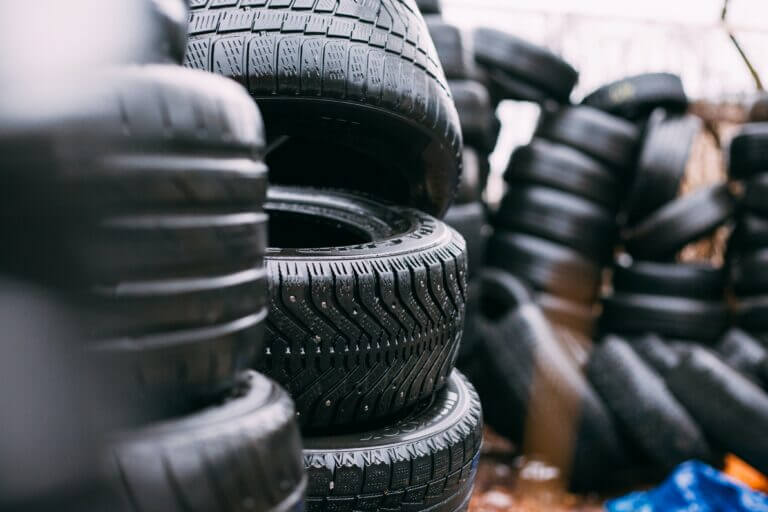
Used Tire Checklist
February 6, 2021
Used tires are a focal point of Take Off Tire, we keep a great stock of premium used tire inventory. If you’re needing a quick and economical fix to get back on the road, give us a call at: 402-413-6646.
Buying used tires can be a great way to save money and make a good investment as oftentimes used tires are of high quality. To learn more about the benefits of purchasing used tires, click here. Below is a list of items to check before purchasing your used tires to ensure you’re getting the best value for your money.
Age of Tire
This information can be found on the tire’s sidewall. The last four digits after the DOT information indicate what week and year the tire was manufactured. The first two digits specify the week of the year and the second two digits will specify the year the tire was manufactured. Example: 3519 – 35th week of 2019. Typically, anything within 7 years of manufacture is a safe bet. However, you should still look for dryness and cracking in the rubber.
Tread Depth
The tread of a tire will indicate the wear of the tire. How to perform a tread test: place a penny, head down, into several groves of the tire. If the top of Lincoln’s head is showing, the tread is worn. If the top of Lincoln’s head is not exposed, there is tread remaining on the tire and there is enough tread to confidently drive on. Make sure to check all around the tire and not just in one spot.
Uneven Wear
Be sure to inspect the entire tire for uneven wear. If you notice any uneven wear the tire was most likely not maintained and cared for properly. Overinflation, underinflation, alignment issues and not getting tires rotated regularly can lead to uneven wear. Overinflation can be indicated by the middle of the tire being more worn than the outsides. Underinflation can be indicated by the outside of the tread being more worn than the middle. Alignment issues can be indicated by toe wear- a thin outer or inner edge of the tire, or camber wear- tire will be lopsided or angled to one side.
Check for Repairs
Proper tire repairs can be effective and long lasting. However, you can run into issues with tire repairs if not done correctly. There are three common repair types for punctured tires: plug-only, patch-only, and combination repairs. Plug-only repairs can hold for various amounts of time ranging from months to the remaining life of the tire. The plug repair involves using an insertion tool to plug the hole with a 4-5 inch cord that is covered with a sticky substance. While plug repairs can hold up, there is also a chance that this repair will allow air and moisture to penetrate the body of the tire. This can lead to the tire deteriorating and corroding from the inside out. Patch-only repairs involve patching the tire from the inside with a solution and patch to fix the puncture. While this method can also be long lasting it runs the same risk of allowing air and moisture into the tire. The combination repair is the safest and longest lasting form of repairing a tire puncture. Combination repairs combine the plug and patch methods and gives the safest and most reliable repair possible. Look for combination repairs if you spot a repair on the used tire that you are looking at.
Check out our related blog posts here:
